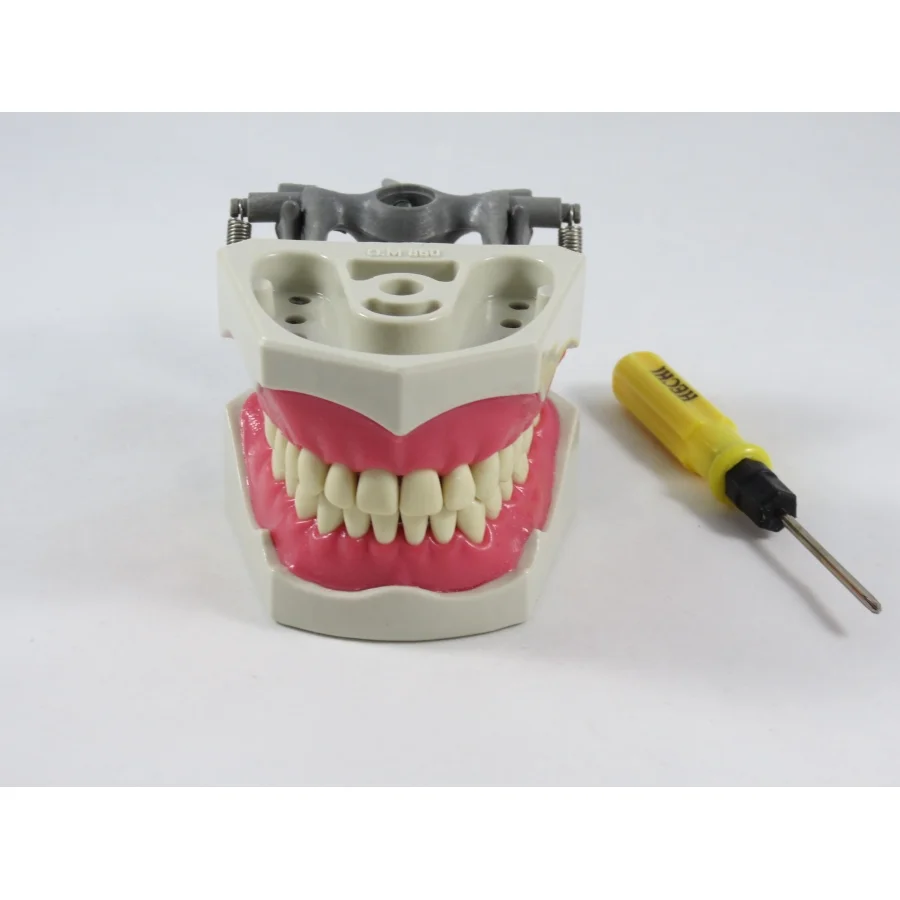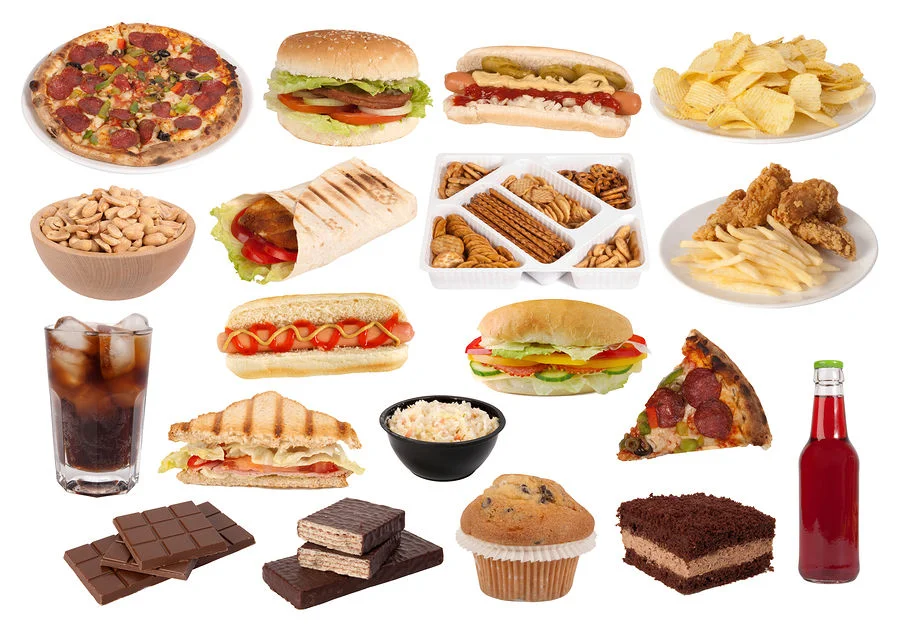One of the most controversial topics in dentistry (and possibly all of healthcare) is the use of fluoride in our water supplies and dental products. What is it? Why do we use it? Could it harm my family? Today, we would like to take a moment to lift the myths and mysteries away from fluoride- a safe and effective measure for remineralizing and protecting teeth.
Fluoride (F-) is a negatively charged ion, similar to chloride ion (Cl-) in sodium chloride (Table salt). As such, it needs to be bound to a positively charged ion to exist as a solid mineral. This is why the labels on toothpastes and other dental products will list “stannous” fluoride or “sodium” fluoride as the active ingredient. The first part of the compound merely serves as a safe means of stabilizing the F- ion for delivery. Like table salt, when a compound with fluoride is dissolved into a solution, some of the ions will split into two, leaving a small portion of free floating F- ions.
The chemical mechanism by which Fluoride remineralizes and repairs is quite simple. The outer enamel layer of our teeth is essentially a crystal composed of calcium and phosphate. As acid, biofilms and bacteria break down this crystal, the calcium and phosphate become weakened and dissolve into our saliva. Fluoride works by encouraging the two compounds to reunite and incorporate back into the enamel. Similarly, If teeth are exposed to fluoride during development, the enamel tends to grow stronger and more resistant to decay. Scientific studies have also shown that fluoride inhibits bacteria’s ability to produce acid and stick to the teeth. This combination of effects makes fluoride an excellent candidate for fighting tooth decay.
Since fluoride needs to be in close proximity to the teeth to work, it’s effectiveness is dependent on exposure time and the not amount consumed. For example, swishing for 30 minutes with shot glass of fluoridated water would be more effective than gulping down a glass of fluoridated water in 30 seconds. Likewise, this is the reason toothpaste is not (and should not be) consumed for it to work ideally.
Since 2007, the water supply in Southern California has been fluoridated to a level of about 0.7 PPM (parts per million). The EPA suggests that any any fluoride level under 2.0 PPM is safe for consumption, while levels between 0.7PPM and 1.2PPM are ideal for medical effectiveness. As such, our water supply is well within safe limits. Additionally, some sources of water are naturally fluoridated without man made intervention. Here, governments and municipalities will occasionally have to de-fluoridate water before it is ideal for consumption. In addition to water supplies, many dental products and supplements contain fluoride in safe levels. Typically, any product advertising “anticavity” or “helps rebuild teeth” contains some amount of fluoride.
Although the medical benefits and potential risks of fluoride are well known and documented, some individuals feel that it is unsafe for human use. Common sources of fear are over impaired glucose metabolism, pineal gland hardening, poisoning and decreased cognitive ability. It is important to note that no reputable scientific journal supports any of these claims in regards to fluoride administered or used properly.
Many websites that quote scientific studies to prove the harms of fluoride typically cite outdated or unreliable papers, or do not understand (or relay) what the paper proves. For example, some studies have highlighted that fluoridated water can be dangerous when administered in extremely high levels. This is very true; large doses of fluoride can be quite harmful or even deadly, just like too much tylenol, alcohol or allergy medication. However, when used properly, fluoride is an extremely safe method of protecting our teeth.
In reality, the main concern with fluoride use and exposure is the onset of fluorosis in young children. As the adult teeth develop, overexposure to fluoride can cause white streaks or marks to appear within the outer enamel layer. This is typically found in children who start to take fluoride supplements at a very early age or are have their teeth brushed very often with too much toothpaste. To help prevent fluorosis, we recommend that children ages three and under should only brush with a smear of fluoride toothpaste, while ages six and under should brush with a pea sized portion. Your child should always be guided or supervised during brushing, to ensure they are applying toothpaste, spitting and rinsing properly. Extra fluoride supplements and treatments should be avoided, unless recommended by a dental professional. In general, fluorosis is generally a concern only until age 8, when the adult teeth have finished developing.
At Thousand Oaks Family Dentistry, we are firm believers in the efficacy of fluoride. We offer topical fluoride treatments for all patients with active tooth decay. In addition, we recommend ACT Fluoride rinse instead of mouthwash for our adult patients who have a history of cavities. For those with aggressive decay, we offer a range of products that combine fluoride with xylitol, calcium and phosphate to arrest further cavities before they progress. In total, our entire spectrum of preventative recommendations incorporate fluoride to some degree. If you would like to know more about fluoride, how it works or why we use it, please call our office. We want you to feel assured about all of your dental health needs and choices!









